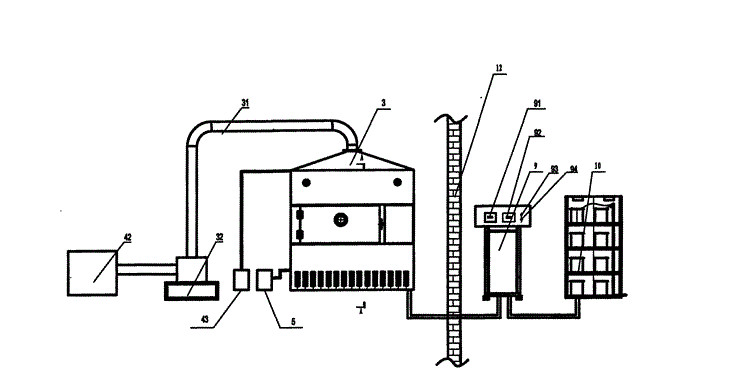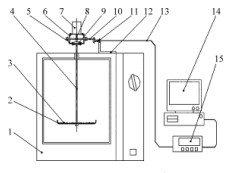Study on microwave drying characteristics of ginger based on odor detection

ABSTRACT: Volatile odors of dried ginger samples were collected in microwave drying equipment at 50, 60, 70 and 80 C. respectively. The change of odor profiles at different temperatures and the relationship between flavor emission intensity and drying characteristics were analyzed, and the quality of dried ginger was compared. The results showed that the low temperature avoided the scorching, but because of the long drying time, the smell emitted more.
On the contrary, the drying time is relatively short at high temperature, but the quality of the product is poor due to the burnt smell. Water evaporation will accompany the loss of volatile flavor. In order to achieve the best performance of odor retention and inhibiting coke paste, and to ensure the quality after drying, the original flavor retention and inhibiting coke paste performance at 60 C is better, and the color retention effect and rehydration are the best.
Key words: ginger microwave drying; odour detection; drying process; quality
Alcohol, gingerene, hydroarene, tstene, amino acid, nicotinic acid, citric acid, linalool and other functional substances have the effects of treating toothache, treating arthritis, lowering cholesterol, preventing cholelithiasis, anti-motion disease, anti-atherosclerosis, anti-aging and anti-cancer. Ginger is widely used in cooking spices, condiments and herbs because of its special flavor.
The sensory characteristics of ginger flavor are mainly attributed to ginger essential oil, which is the volatile oil in ginger and provides aroma and flavor for ginger. Ginger is not easy to keep fresh, raw materials are difficult to meet the needs of the market and people's consumption. Ginger sprouts and roots when the storage temperature is higher than 15 C, but freezing damage occurs when the temperature is lower than 10 C, which seriously affects its storage quality, reduces its edible value and appearance quality.
Different drying processes have different effects on the aroma and pungent taste of ginger. The aroma of ginger is mainly derived from volatile flavor compounds. Ding et al. and Huang et al. used headspace solid-phase microextraction (HSSPME) combined with gas chromatography-mass spectrometry (GC-MS) to compare the effects of different drying processes on volatile flavor compounds of ginger. It was found that microwave drying of ginger had more advantages in retaining volatile components.
But so far, the odor change of ginger has not been studied. Through the on-line odor detection system of microwave drying made by our research group, the central temperature of ginger was controlled in the process of microwave drying. The effects of temperature on odor diffusion, drying characteristics and quality of ginger after drying were studied, and the better microwave drying conditions were determined, which could be used in the production and application of microwave drying ginger. Provide reference.